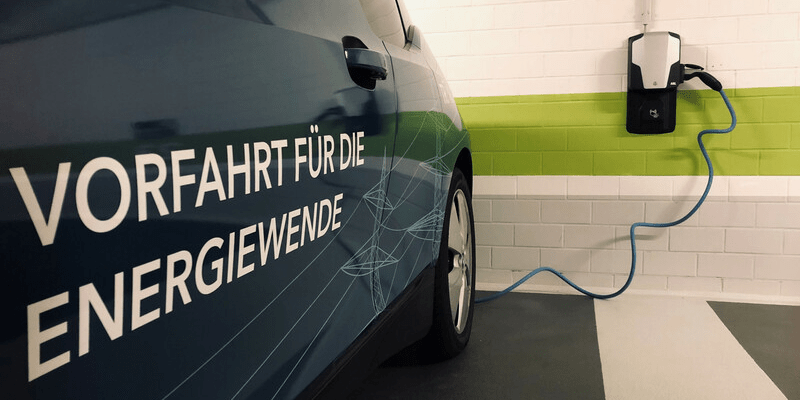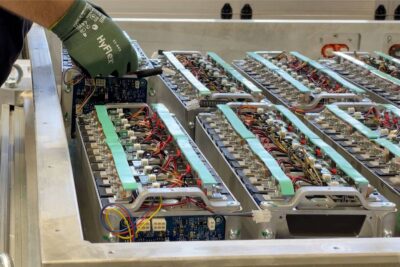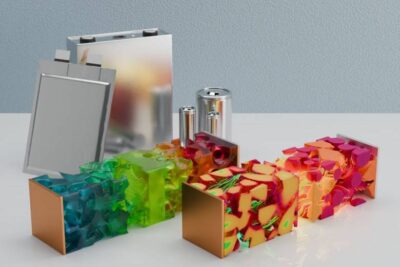TransnetBW completes field tests for BEVs as reserve batteries
Together with the partners in the EV-Fleet project, the transmission system operator TransnetBW has completed a large field test on the provision of balancing power by e-mobility. A total of 155 electric vehicles took part in the field test between June 2021 and June 2022.
The result showed that the provision and delivery of control reserve from a virtual power plant consisting of a large number of pooled electric cars is not only possible in theory, but also in practice, according to TransnetBW. The project was announced at the beginning of 2021 – at that time with “more than 100 owners of electric vehicles” and a duration of three months. It turned out to be twelve months and 155 electric cars.
The transmission system operator is satisfied with the results. The activation of the pool and individual vehicles based on target values from TransnetBW’s grid control system was carried out in accordance with the requirements for the quality of service for control reserve.
Within the framework of EV-Fleet, the partners tested the technical-communicative infrastructure for the provision and activation of control reserve through e-cars placed at various locations. On the other hand, the question of how charging processes can be controlled in the future in such a way that the current conditions of the local distribution network are taken into account and no network bottlenecks are caused by the system-serving controlled charging.
The way the power grid works is clear: for safe operation, power generation and power consumption must be in balance at all times. Since the generated output of large power plants often cannot be adjusted quickly enough to fluctuating demand, transmission grid operators rely mainly on pumped storage power plants, conventional generation plants or battery storage for the control reserve. Since parked electric cars are also battery storage units, the potential of their batteries can also be tapped for this electricity grid service.
In addition to TransnetBW and the Dutch smart-charging platform operator Jedlix, the field trial was accompanied in several test phases by the distribution grid operator Netze BW, the balancing power provider Next Kraftwerke and Fraunhofer IEE.
“With EV-Fleet, we have made great progress towards the future stabilisation of the electricity grid through electric vehicles,” says Kay Wiedemann, Team Leader Market Development at TransnetBW. “With the project, we have gained important experience on measurement accuracy, data collection and the effects on the distribution grid, which is now being incorporated into further development work.”
In a further development of the concept, among other things, charging losses and other external influences during the charging process are now to be taken into greater account. But car manufacturers are also to be involved: As TransnetBW writes in the communication, the telemetry data of the vehicle manufacturers “can still be optimised in terms of measurement granularity”. And further efforts are needed to enable active balancing group management.
Reporting by Sebastian Schaal, Germany.
Source: Info via email




